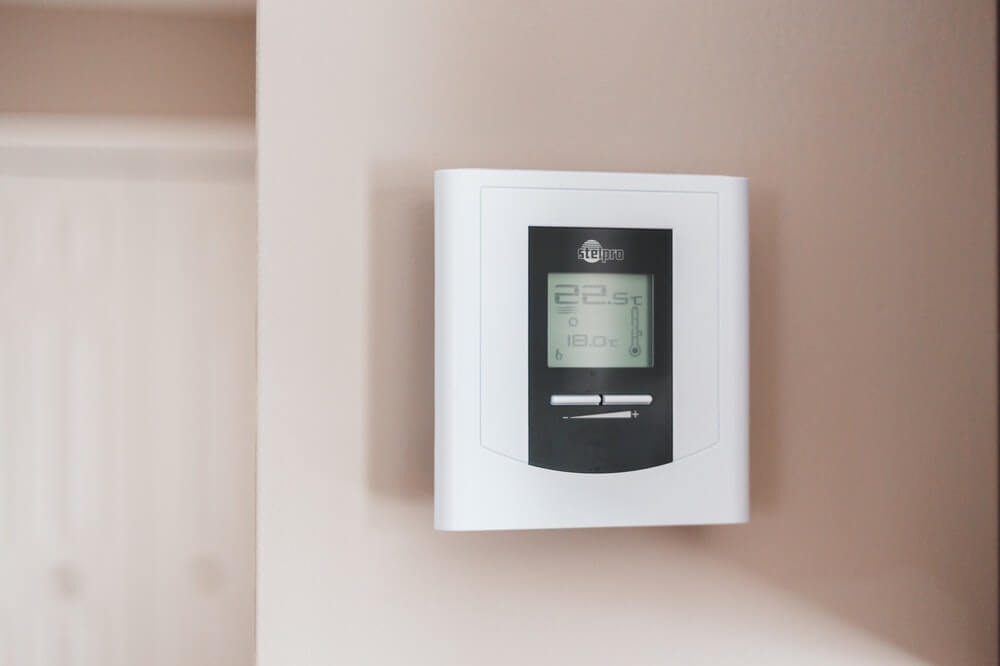 The Australian Heritage Homes team works with properties of all shapes and sizes. If you’re a regular reader of our blog, then you know that this is what drives our passion for what we do and what we continue to excel at.
The Australian Heritage Homes team works with properties of all shapes and sizes. If you’re a regular reader of our blog, then you know that this is what drives our passion for what we do and what we continue to excel at.
We get a lot of questions when it comes to designing and constructing a home or business. Some are aesthetic and having to do with the design of the home – like, “how tall should our ceilings be in a space like this?” Others are more logistical, like, “how long do you think this project will take to execute and how can we expedite the process?” We have answers to both, but they’re not the subject of this post. Instead, we’re talking about something that’s so foundational to the design of your home, that many forget about it. Given the type of wet and cold winter that we’ve been having, heating has been coming up as a conversation more and more.
How to heat a large home? How to heat a smaller home? Do you even need to and is it worth it? Do you require HVAC design? These are the types of water cooler conversations that we have on the AHH team, and the same ones that we want to share with you. Here are our favourite takeaways for today:
It’s obviously been a wild year for climate change – no matter where you live. We’ve seen life-changing wildfires across the globe, from the West Coast of the United States to Turkey and beyond. And no matter how you feel about it, this post and our team are focused on how you feel and ensuring that your home and business and environments make you feel as comfortable as possible. That starts with strategic ventilation.
It can be completely different if you have a new home or an older home, but the common denominator is that you need to look at the house, versus one room at a time. This can be problematic, depending on what the room is being used for. Exhaust-only and Supply-only are two different strategies that you should investigate. Exhaust-only systems rely on fans that help depressurize the building, meaning that you’re avoiding the outside air in any cracks or any building openings that it might seep into. Supply-only systems sort of do the reverse, drawing the clean outside air into the spaces where you spend most of your time – using, as you may imagine, a “supply vent”. This feeds into the return deduct of a forced-air system.
The bottom line with each of these, and many other options, is that you need to work with an expert. This is certainly an example of work where you should work with a professional contractor, versus trying to tackle it yourself. You can always reach out to the Australian Heritage Homes team to help you out with anything you need related to your dream home – today and always. And hey, summer is almost here, right?